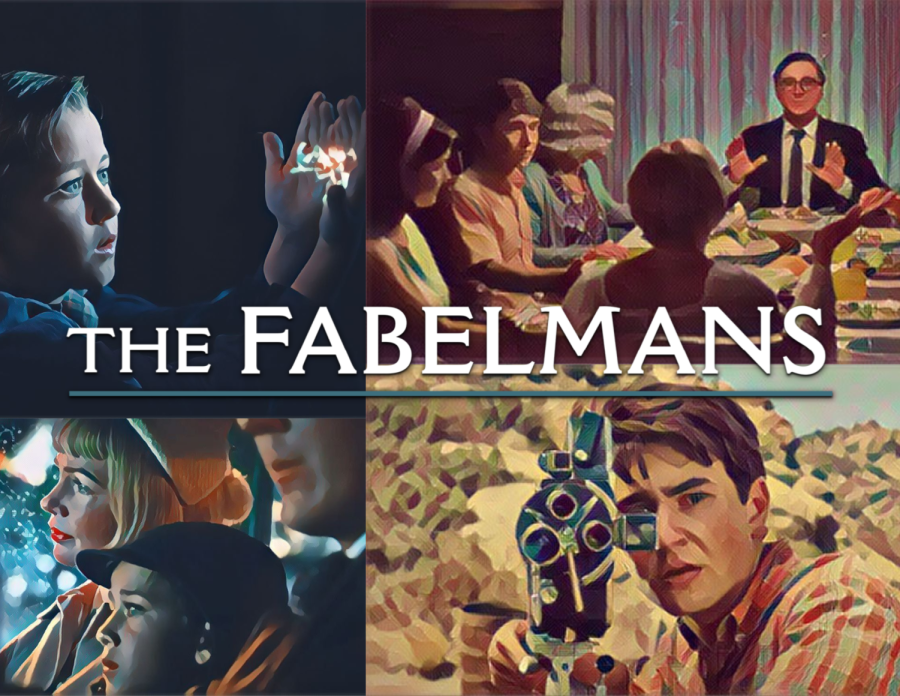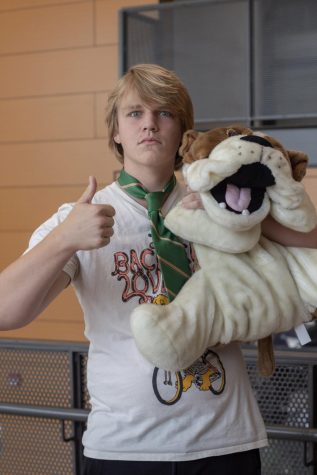“The Fabelmans” leaves mistakes on the cutting room floor
Steven Spielberg’s new film “The Fabelmans” is now playing in theaters
December 6, 2022
Director Steven Spielberg’s newest semi-autobiographical feature film, “The Fabelmans,” is a charming and borderline perfect portrayal of family, pain, and healing. A great addition to Speilberg’s repertoire, the story of a young, aspiring filmmaker teaches lifelong lessons of love and growing up, all in a packed 151 minute movie.
“The Fabelmans” is more of a stand-alone piece than previous Amblin projects. Its intent focus on character relationships and individual emotion solidify the film’s spot as one of Speilberg’s most heartwarming works. The plot does not center on but rather pivots off of the protagonist, Sammy Fabelman, the Jewish son of Mitzi and Bert Fabelman. Representing moments from Spielberg’s childhood, Sammy’s infatuation with film beautifully conveys the balance of paternal love and division between his parents. Although his acting feels somewhat flat at the beginning, actor Gabriel LaBelle quickly takes off with Sammy, creating a well-rounded, charming, character.
Sammy’s mother, Mitzi (Michelle Williams), is a refreshing yet introspective character whose acting cuts deep into the audience’s heart before pouring salt on the wound. Williams’s stylistic choices portray motherhood with utter sincerity, showing how a little acting goes a long way. Her melancholy, sometimes bizarre physicality pairs wonderfully with the foil character of her husband, Bert (Paul Dano). Dano, similar to LaBelle, seems to only develop his character in his final scenes. However, the on-screen chemistry between him and Williams catalyzes a lovely yet bittersweet dichotomy.
Speilberg and his co-screenwriter, Tony Kushner, who have worked together for almost 20 years, made many intricate decisions on how the movie would be filmed. Shot on a special three-perf 35mm film, the film feels timely yet vintage, allowing for crisp resolution along with softer warm tones. Scenes involving “film within a film” blend quite well along with the cinema cameras used by characters on screen. This is, of course, supported by cinematographer Janusz Kamiński’s savant-like shot choices, which amplifies the emotions felt on screen.
After only a short amount of time in the theater, it was quite easy to say that “The Fabelmans” exemplifies Spielberg’s mastery of the art of cinema and ability to create breathtaking stories through film. A multi-layered work of art, the movie has audience members swelling with laughter, falling silent in despair, before once again being flooded with joy. The experience of watching the film envelopes the viewer with warmth, happiness, and wonder, leaving nothing more desired except another viewing.


